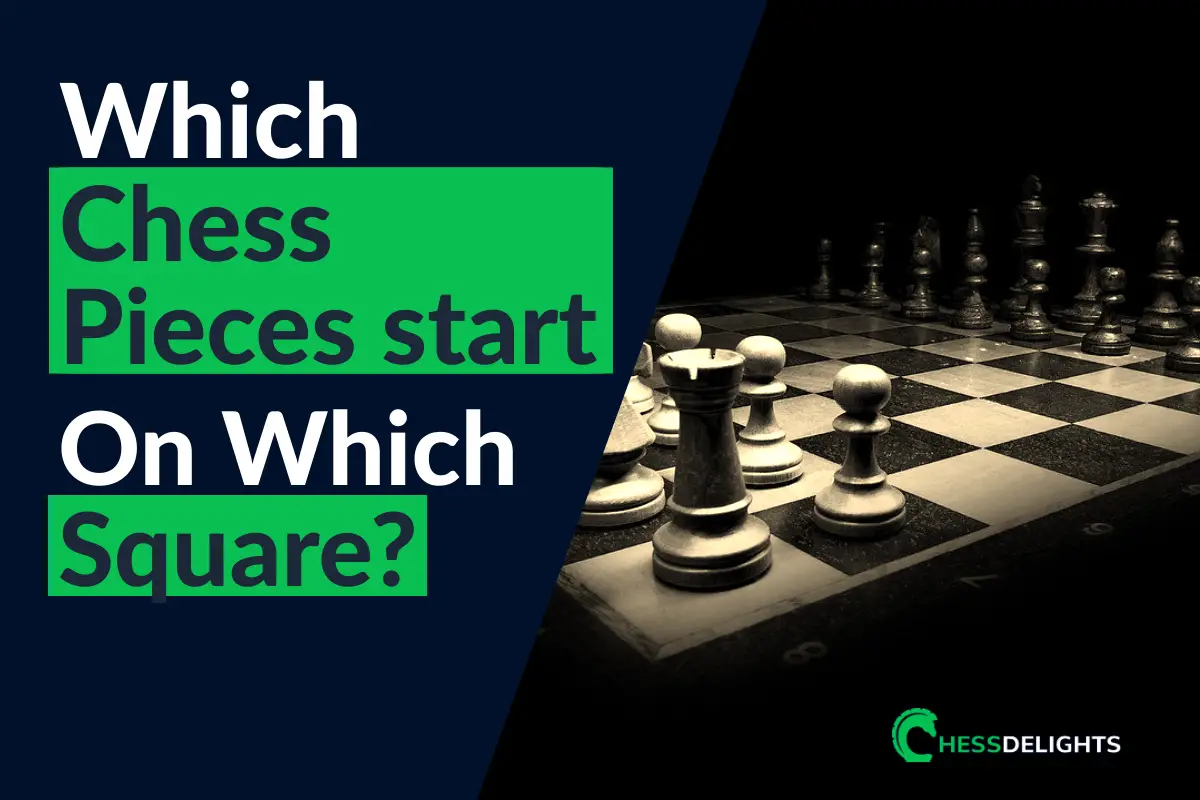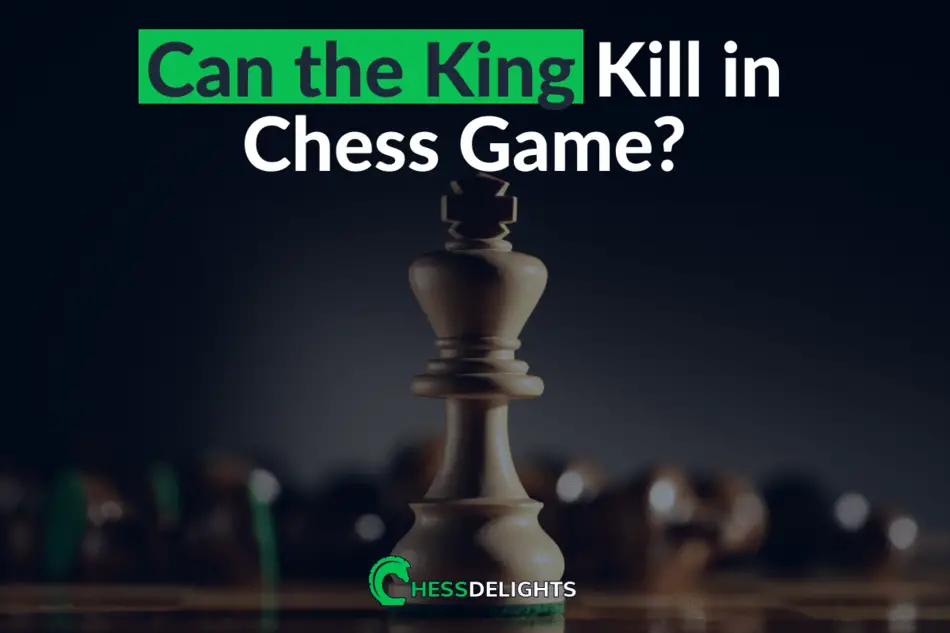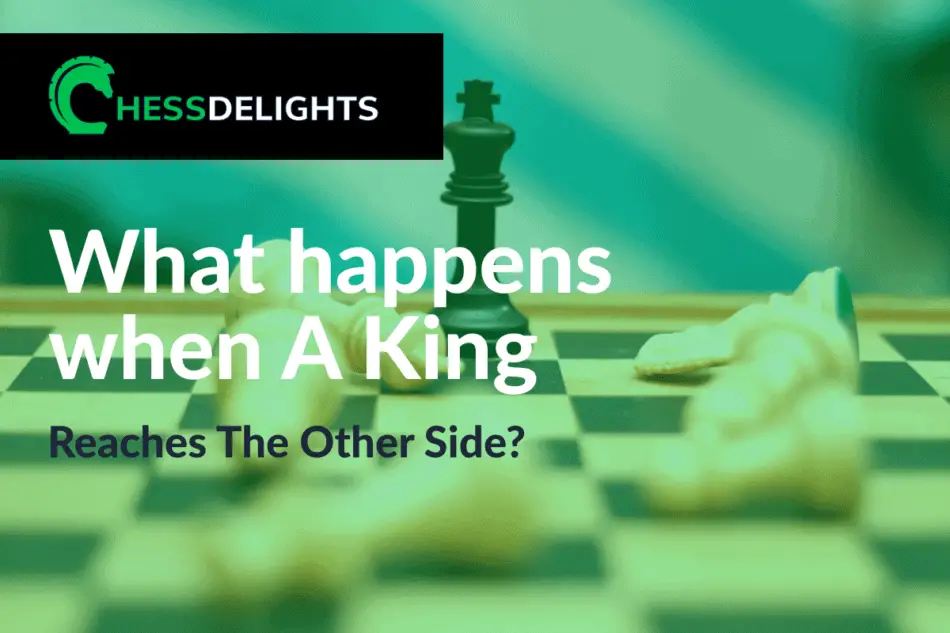Want to have more Queens? There's always a good chance that you'll end up losing your most powerful chess piece in every chess game you play.
Your Queen gets captured most of the time. And what's worse is it's still early on the game. But there's a “chess move” that can help you when your chess piece gets captured.
You can win back your chess piece. I just told my daughter this, and she's again excited. 🙂 I told her all you have to do is get a pawn promoted and get back your queen or have two queens instead.
I recommend you also check out this article about queening of pawns.
Table of Contents
Can You Have Two Queens In chess?
What you may not be aware of is that you can have two or more of the most powerful chess piece on your board game at the same time. Just like having two Queens…
Also, check out this article about queenside castling.
Is it possible to have two Queens in a chess game? You can have two or eight Queens, even have more of your minor chess pieces (Bishop, Rook, Knight) during your chess game. This usually happens in the middle or end game, but sometimes it can also happen in the early game as well.
It's a special move that only pawns can do, and remember you have the option to have more Knight, Bishop, or Rook not only your Queen. This can happen when a pawn reaches the opposite side of the chess board.
You might also be interested in learning more about what happens when pawns reach the opposite side of the board.
Chess Pawn Promotions
So what happens when your pawn reaches the other end of the chess board? You can now choose to replace the pawn with Queen, Rook, Bishop, or Knight – using only the same color. Again, you cannot use your opponents color to replace your pawn…I needed to mention that because I saw a forum saying that previously you can replace your pawn using your opponents color.
I had read more weird rules before as you can only replace your pawn with a chess piece that has been captured. Good thing, rules changed for the better and I never really encountered those type of rules before.
This article will discuss having two or more chess piece in chess. This rule, by the way, is called a promotion or pawn promotion.
Understanding Pawn Promotion Rules
Pawn promotion is a really important moment in chess. It gives you a great chance to make your position much stronger. Most players know that when a pawn gets to the other end of the board, it has to become a more powerful piece, like a queen. This is called “queening.”
- When a pawn gets to the last row, it must become a stronger piece – it can't stay a pawn. This rule shows how pawn promotion can change the game by letting you bring a strong piece onto the board at a key time.
- Also, the new piece doesn't have to be one you've captured before. This means you could have more than one queen or other pieces at the same time.
Knowing these rules is really important for using pawn promotion well in your games.
Recommended reading: If you want to read more about promoting pawns, check out this complete guide about chess pawn promotions.
Two Types Of Pawn Promotions
The greatest lesson I've learned while doing this research and post is that there are two types of promotions. This is not in any order by the way.
- The first one is called Queening, during end game the choice of many chess players when their pawn reaches the opposite side is to replace them with a Queen. (which I prefer as well, and I feel I have more control of the game)
- The second is called Underpromotion, that is what you call a pawn being replaced by other chess pieces besides the Queen. ( this depends on your strategy and how you wish to play the game)
So, what happens if you want to replace a pawn with a chess piece that is not available? There are some tips that you need to follow.
The Strategic Value of Underpromotion
Underpromotion, the process of promoting a pawn to a rook, knight, or bishop instead of a queen, is a nuanced strategy that can catch an opponent off guard.
While queening is the most common form of pawn promotion due to the queen's power and versatility, there are scenarios where underpromotion to a knight, for example, can lead to immediate tactical advantages such as delivering checkmate or avoiding stalemate.
This strategy highlights the depth of chess, where sometimes less powerful pieces can provide more value in specific positions.
Incorporating underpromotion into your strategic arsenal can add a layer of complexity to your endgame, making it harder for opponents to predict your moves.
Pawn Promotion Tips
The absolute worst way to lose especially in a chess tournament is not knowing the rules. As a simple move as promoting a pawn to a Queen can be a little bit complicated – if we don't know the rules. There's the need to learn in terms of the right way to promote your pawn…But I'll just choose the one that I can explain and what I think you can easily understand. Here are pawn promotion tips you can follow:
- You need to move the pawn on the promoting square and replace it with a Queen or other chess piece of your choice. There was a chess tournament where the chess player left the pawn one square before the pawn promotion square and took another chess piece directly placing it into the promoting square ( in this case a Queen). So, it happened it was called an illegal move by the arbiter.
- With chess tournaments with clocks especially, stop the clock if there are no available chess pieces that you require for pawn promotion. Ask the arbiter to provide the replacement for your promoted pawn. This way you can be on the safer side and not get penalized.
- For strict chess tournaments find out if pawn promotion with an inverted rook can be accepted as a Queen. There was one video I've seen where inverted rook was not accepted and was still considered as a rook by the arbiter. The chess player loses the game eventually.
- Declare what type of chess piece your pawn is going to be promoted from. Again to be on the safer side, it would be a good move to mention to your opponent that the pawn is now a Queen. Instead of not saying anything that moved can be labeled as an illegal move – hence losing the game.
One more interesting tip that I wanted to add – when playing a serious chess tournament with a chess clock…
Recommended reading: If you want to read more about backward pawns, check out this article backward pawns in chess.
Watch your opponents holding or hiding his captured chess pieces because when it's time to promote your pawn to Queen and the Queen is nowhere to be found – you can't do the number 3 tip.
But you may get away with doing the tip number 4, always be ready with the Queening or else have your pawn underpromoted.
Navigating Chess Tournament Regulations
Chess tournaments come with a set of regulations that can impact the game, especially regarding pawn promotion.
For instance, the procedure for promoting a pawn in a timed game can involve stopping the clock to request a piece from the arbiter, a rule that underscores the formalities present in competitive play.
Some tournaments have specific guidelines about using an inverted rook as a queen, which may not be universally accepted. Understanding these regulations is crucial for competitive players to avoid penalties or disputes during a game.
Familiarizing yourself with the tournament's rules before participating can help ensure that your focus remains on strategy rather than procedural errors.
What Is The Weakest Piece In Chess?
A beginner might ask just for fun what a chess piece is worth? Or does it have value or points? As we are discussing having two or more Queens in chess and chess pawn promotions.
What then is the weakest chess piece? Obviously, the pawn is the weakest chess piece, and when it comes to promoting pawns Knight or Horse and Bishop are equally followed by a Rook, and then the strongest chess piece is the Queen.
If we were to give them value for points according to the thechessworld.com.
Pawn will have 1 point
Knight will have 3 points
Bishop is also 3 points
Rook will have 5 points
and the Queen will have 9 points
I have always wondered if chess pieces have some points or value – and just by searching this topic I was able to find out more about the values equivalent to chess pawn pieces.
For a Pawn, it is equivalent to one pawn
For a Knight, it is equivalent to three pawns
For a Bishop, it is equivalent to three pawns
For a Rook, it is equivalent to five pawns and
For the Queen, it is equivalent to nine pawns!
Never thought having three pawns down will equal to losing an equivalent of a Knight or a Bishop. This gave me more perspective about captured pawns.
Quick Summary About Having Two Or More Queens In A Chess Game
I'm fairly confident that you can answer this question and know the right answer from now on. Just like my first time learning about chess I did ask this type of question. 🙂
I've fairly explained some of the rules about this, and I have given some tips above just to avoid penalty or illegal moves when you are playing in a chess tournament. Just to keep you up, and not fall asleep…:)
What happens when your pawn reaches the opposite side of the board (meaning the last square)?
Here are some of the answers you should keep in mind:
- You get to promote your pawn to a Queen, called Queening.
- Or you can get to promote your pawn to another chess piece which then is called Underpromotion.
- You can only replace your pawn to a same color chess piece.
- You can replace your pawn with a chess piece that has not been captured – which means you can have more than one type of chess piece.
- In chess tournaments with clocks, you can stop the clock and call the attention of the arbiter when you're about to promote to a chess piece which is not available at that moment.
These notes were furthered explained above, but if you want to get just an idea, you can go through this list.
You may also want to read about how you “can you get out of check by castling?“
Wrapping Up
The whole point of this article about having two or more Queen in a chess game was to learn about the special move of pawn called “pawn promotion” and applying or learning the right way to use it on your chess games.
As a parent teaching their kids about chess or a beginner learning for the first time, this one should be carefully explained and understood as I've shown above there are chess tournament players that commit the basic mistake of Queening.
So be careful when you are about to promote your pawn. You were right to ask this question, and I hope by now you've come to realize that it is possible with pawn promotions.
I had fun writing this article and hope I was able to help you somehow!
Essential Chess Resources: Let's take your learning to the next level by checking out our recommended chess resources.







